The aftermath of a large holiday meal or celebratory feast can be intimidating, as anyone who has ever prepared such a meal before can attest. It is not in anyone’s best interest to throw away everything, but when confronted with a multitude of bowls, pots, and platters of leftovers, some of which have cooled down while others are still hot, it can be difficult to navigate not only the most effective method to deal with everything but also the safest way to do so.
Even leftovers from dinner might be a source of confusion. Before placing them in the refrigerator, should you wait until they have reached room temperature or should you immediately put them in?
In recent times, the topic of food safety has been brought back to the forefront as a result of the propagation of content on social media platforms about rice, more notably reheated rice. A flurry of thoughts, videos, and articles debating both sides of the issue occurred as a result of the topic.
Nevertheless, is rice any different from a large pot of beef stew or a turkey that has been roasted? No, not really. The scandal known as “Ricegate” is essentially a problem with the correct way to handle and store food, and the best practices for these activities are largely the same regardless of the type of food that is being discussed.
Is it Possible to Refrigerate Food That Is Still Hot?
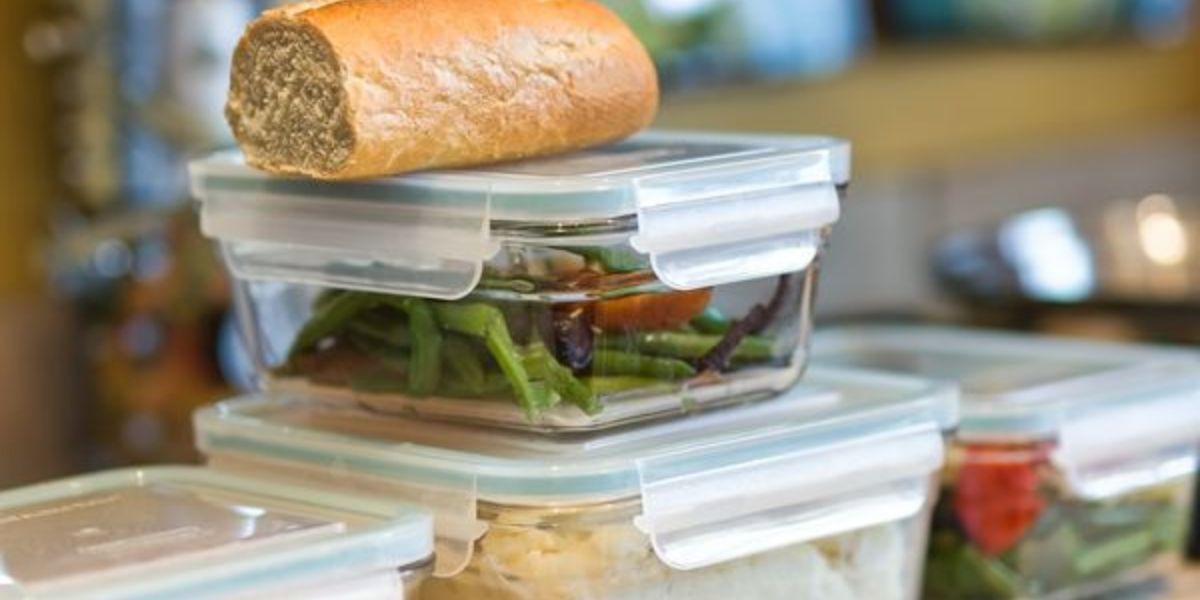
Certainly! One should not only be able to put hot food in the refrigerator, but they should do so as long as they do so in the correct manner. When it comes to the safety of food, the most important thing is to let food cool down as rapidly as possible. For the sake of clarity, we are not referring to baked foods such as cakes, cookies, or loaves of bread. The meals that we are discussing are those that have been cooked, such as meat, grains, or vegetables, which begin hot and then cool after being prepared.
The doctor reveals that many of us had the mentality when we were younger that we couldn’t immediately put the turkey in the refrigerator because there was a concern about the safety of the food, even though this was not the case at all. At all times, the objective is to relax as rapidly as physically possible.
The greatest strategy to prevent food from going bad and creating an environment that is conducive to the growth of foodborne illnesses is to place prepared food in the refrigerator as soon as possible, regardless of whether or not it has been completely cooled.
The “Danger Zone”: What Does It Mean?
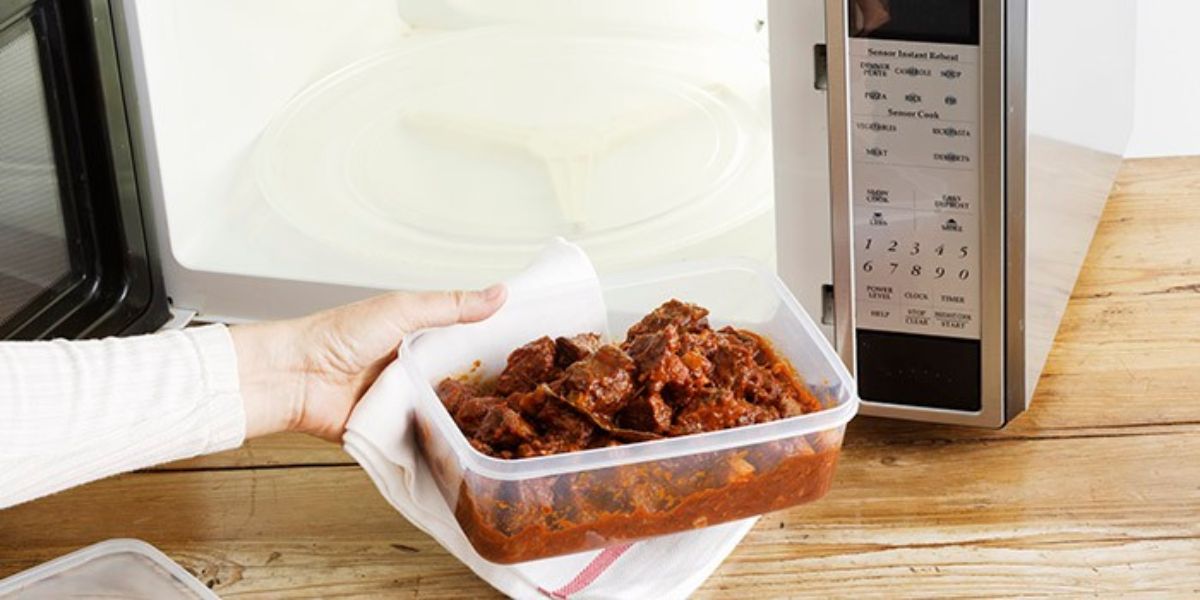
The danger zone is a term that is used to define a range of temperatures, between 40 degrees Fahrenheit and 140 degrees Fahrenheit, according to the Food and Drug Administration and the United States Department of Agriculture, where germs can grow over time on cooked food. It is made clear by doctors that the danger zone “is the most ideal setting for the majority of the pathogens that we are concerned about to grow.”
Because it is the combination of temperature and time that can cause food to become risky or unsafe to consume, the danger zone is significant because it helps determine how long you can keep cooked food out of the refrigerator. This is because the danger zone helps determine how long you can leave cooked food out of the refrigerator.
It is also important to note that they emphasize that the danger zone is not a magic formula and that there are elements that can affect it. It is not as if you reach 42 degrees Fahrenheit and all of a sudden, bacteria begins to proliferate at the same pace as it does at 110 degrees Fahrenheit. … Because it is the perfect temperature for the majority of infections linked with the gastrointestinal tract to develop, the temperature range between 90 and 110 degrees Fahrenheit is significantly more harmful than 43 or 48 degrees Fahrenheit.
Before placing food in the refrigerator, how long should it be allowed to cool down?
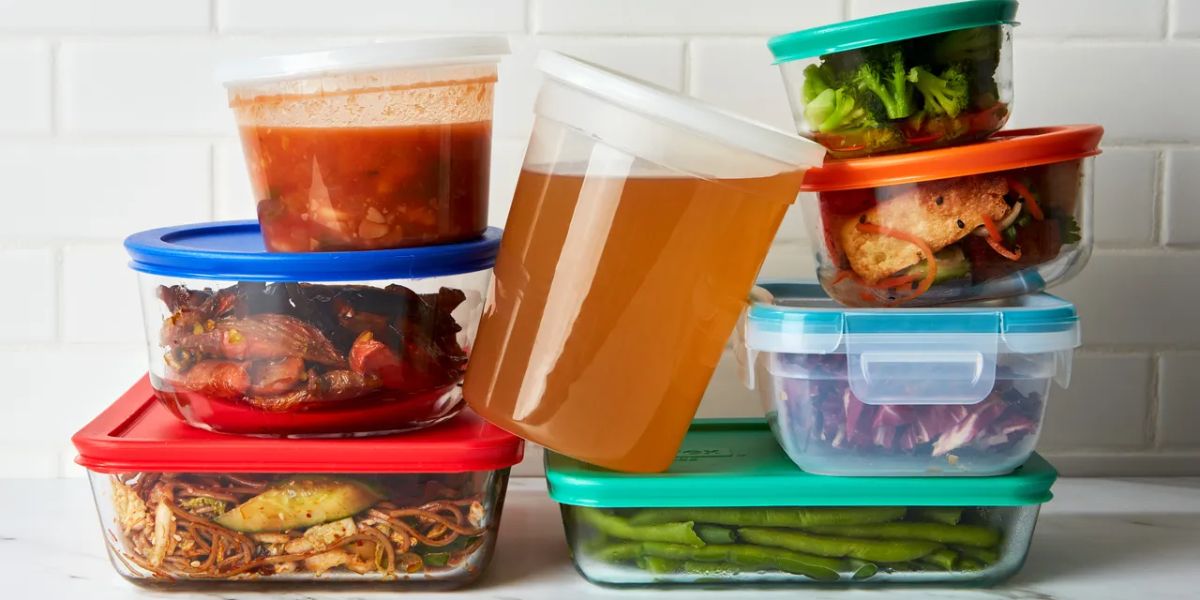
As long as the food is stored properly, there is no requirement to allow it to cool down before placing it in the refrigerator. Indeed, in all seriousness. It is a myth. A tale that is widely believed.” The notion that food must be allowed to cool before being consumed has been passed down from one generation to the next, yet it is founded on technology that is no longer relevant.
Dr. Chapman, (a food safety specialist, professor, and department head of Agricultural and Human Sciences at North Carolina State University) provides another explanation, stating, “Refrigerators operate differently now than they did in the past.” In the same way that refrigerators from three generations before would cycle, our refrigerators keep a steady temperature throughout the entire appliance. As soon as they reached a certain degree, the condenser would begin to operate, prompting the temperature to drop once more.
Additionally, if you put hot food into a refrigerator that is similar to one that was manufactured in the 1950s, you have the potential to cause damage to the condenser, which will ultimately result in the refrigerator being rendered inoperable.
Instead of thinking about how long you should wait before putting away your food, you can take the initiative and concentrate on reducing the amount of time that the food is left out and determining the most effective manner to keep it.
Does this imply that you should finish your meals as quickly as possible or put hot pots straight into the refrigerator during the day? No. Although the temperature at which food is prepared is an important one, time is also a significant element.
The observation made by Dr. Chapman is that “even the bacteria that we think about being linked to [leftover] pasta or rice, it takes some time for that bacteria to even recognize that it’s in the right environment to grow.” It is recommended by both the Food and Drug Administration (FDA) and the United States Department of Agriculture (USDA) that food be stored at room temperature for a maximum of two hours, but only for half that amount of time if the surrounding temperature is 90 degrees Fahrenheit or above.
Instructions on How to Put Food Away
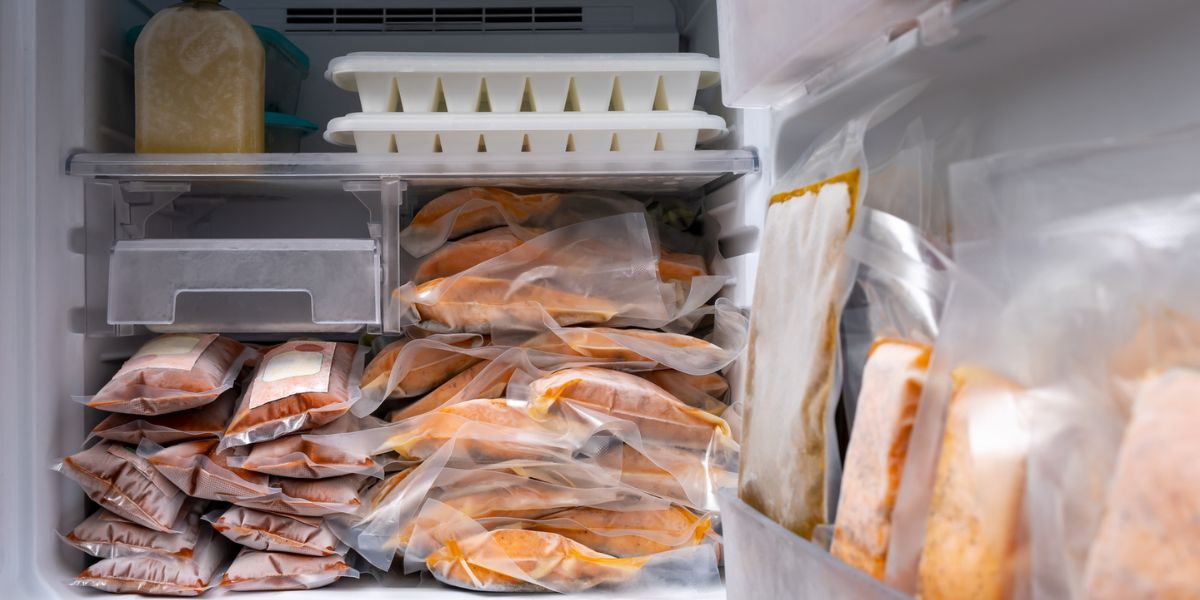
When it comes to correctly storing food, the sort of food you are working with will assist in determining the best manner to do it, but speed is a factor that should be considered universally. If you want to prevent the formation of bacteria, you should try to cool down food as rapidly as possible. Therefore, when you are packing up prepared food, you should think about ways in which you may speed up the cooling process.
Putting in a small bit of effort to plan ahead will make this procedure a great deal simpler. Be sure to stock up on a variety of containers and reusable storage bags of varying sizes and shapes, and make sure to check whether or not they are appropriate for use in the freezer if storing the items in the freezer is a part of the plan.
It is okay to consume leftovers of any food, from rice to chicken, provided that the food has been prepared properly and allowed to cool down.
“You don’t want [the food] any thicker than 2 inches of density because the more dense it is, the harder it is to cool the center of that food,” Dr. Chapman says when it comes to packing up thick foods like mashed potatoes or a hearty stew. This is because the weight of the food increases as the density increases. It is possible to press the contents of food storage bags flat, which creates a greater surface area for the food to cool down more quickly. This makes food storage bags an excellent alternative.
It is recommended that foods that are difficult to keep in bags, such as soups with a brothy consistency, be divided across smaller containers, the shallower the containers, the better. Something as simple as a broth, The explanation provided by Dr. Chapman is as follows: “If it is in a container that is large enough, it may take hours and hours for the center of that container to descend below 41 degrees.”
The lid or covering should be left slightly ajar if the food is still steaming. This will allow the heat to escape and allow the cool air from the refrigerator to circulate into the hot meal. Carving the meat before placing it in the refrigerator is the best way to prepare large slices of meat, such as a roast turkey or ham. This is because carving the meat allows you to better prepare it.
What NOT to Do in a Situation?
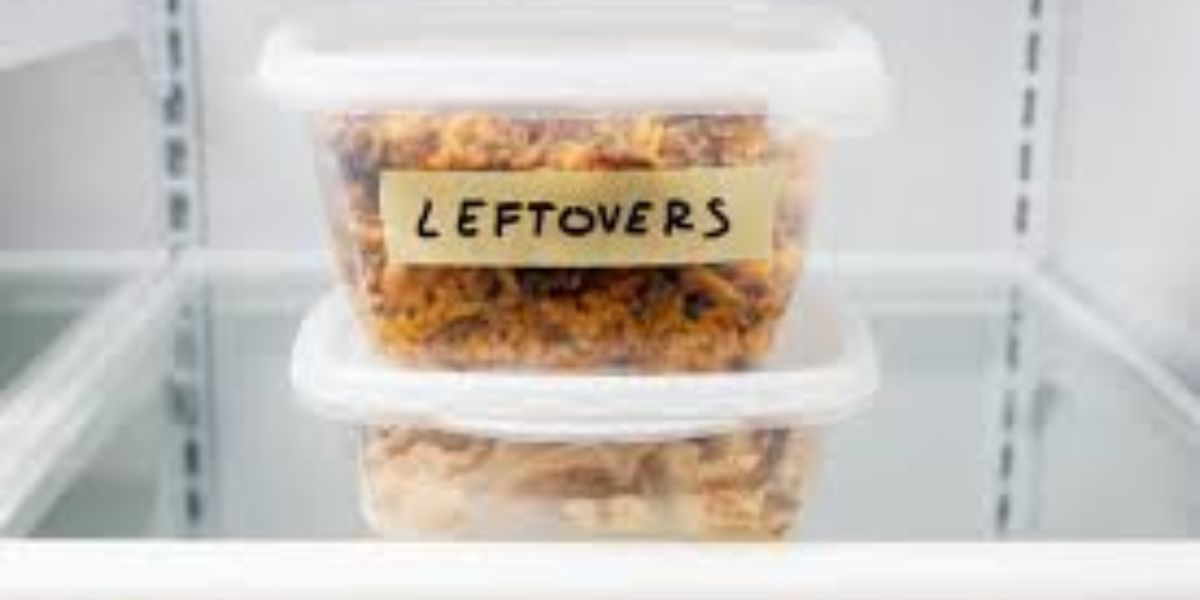
It is not a good idea to store huge slices of meat or hot pots of food in the refrigerator: Say you cooked a massive pot of chili for a party that will take place the following day. Instead of portioning out the chili, it would be much simpler to simply store the pot in the refrigerator. What is the worst that could happen?
As per researchers, it can be a very devastating condition. “What happens is that you have all of these gas formers and spoilage microorganisms… in the middle of that pot, and they are not going to get cool enough, quick enough, and as a result, you end up leading to terrible situations or just terrible smelling, just awful, gas forming in the refrigerator,” the speaker said.
In a similar vein, roasts that have not been broken down or carved into smaller pieces will retain heat for an extended period of time. Furthermore, they will not provide any space for air to circulate, which will prevent the meal from cooling down in a timely manner.
Ensure that containers of hot food are not firmly sealed: There have been recent experiments that have demonstrated that when it comes to the topic of whether or not food in the refrigerator should be covered or uncovered, “uncovered matters.” The steam and the warm air that is directly above the meal are able to escape into a significantly larger container as a result of this. The container should be completely sealed after the meal has cooled down, but one corner of the lid should be left ajar until then.
Do not pack meals that are thick in containers that are tall and deep: As the food becomes more dense and thick, the amount of air that can circulate through it to cool it down decreases. This is especially true if the food is packed into a container that is tall and broad. In the event that you do not possess a storage container or bag that is shallow, you can spread it out in a thinner layer in a dish or on a baking sheet with a rim until it cools, and then pack everything away.
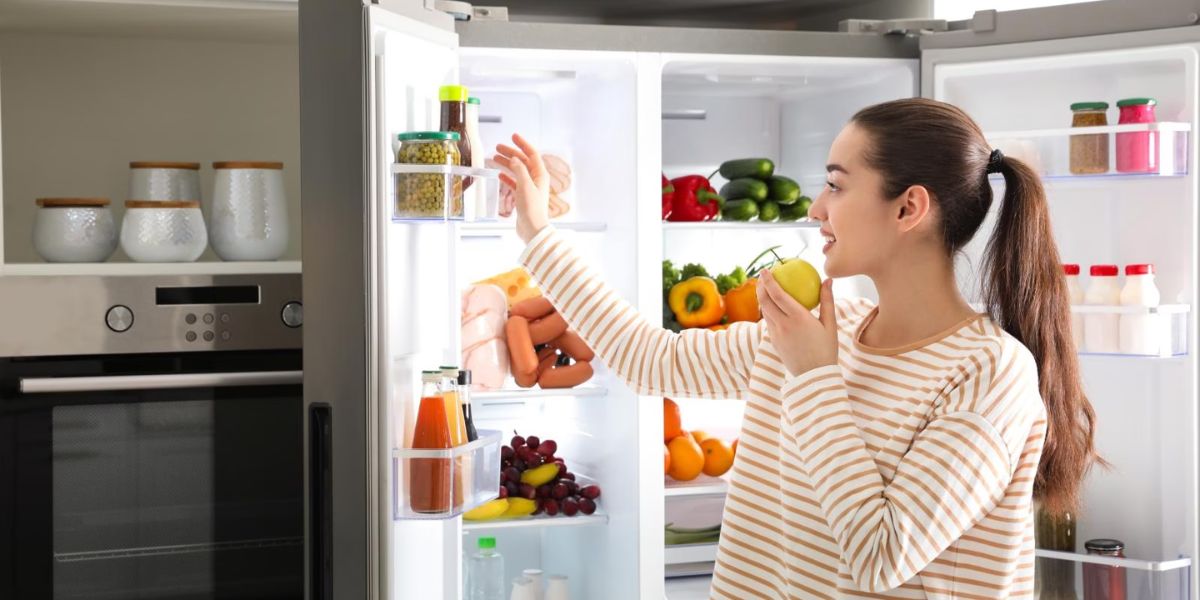
In the event that you are freezing food, it is important to ensure that you do not use the incorrect packaging or overfill the containers. When selecting storage containers, the material, whether it be glass or plastic, does not matter unless you want to place the hot food directly into the freezer.
As a result of the fact that glass is stiffer than other materials and that water expands when it is frozen, researchers suggest that this could certainly result in the glass breaking if it is not glass that is graded accordingly for freezers. In addition, make sure that there is space at the top of the container for the food to expand, and choose a lid that has some flexibility. This will ensure that the food does not shatter the lid or push it off the container after it is frozen.
Don’t overlook the importance of your diet: This is a fact. The passage of time passes, or there is a misunderstanding, and all of a sudden, you are confronted with food that has been out somewhere between eight and twelve hours. The fact that you were waiting for the meal to cool down before putting it away could have been the reason you forgot.
Caution is the recommended course of action in this scenario. Tossing the meal is preferable to taking the chance of getting sick. It is important to remember that “the best practice is getting it into the refrigerator as quickly as possible,” as Dr. Chapman said. So, if you are aware that it is not going to be consumed, then let’s get it cooled down.










